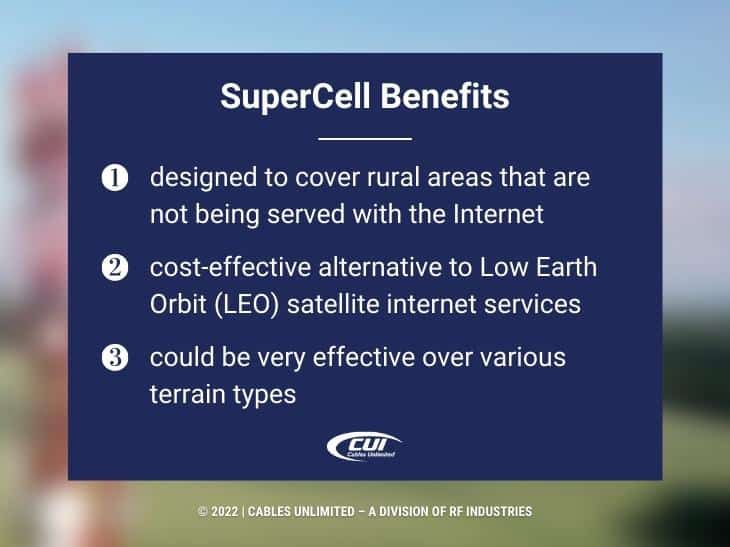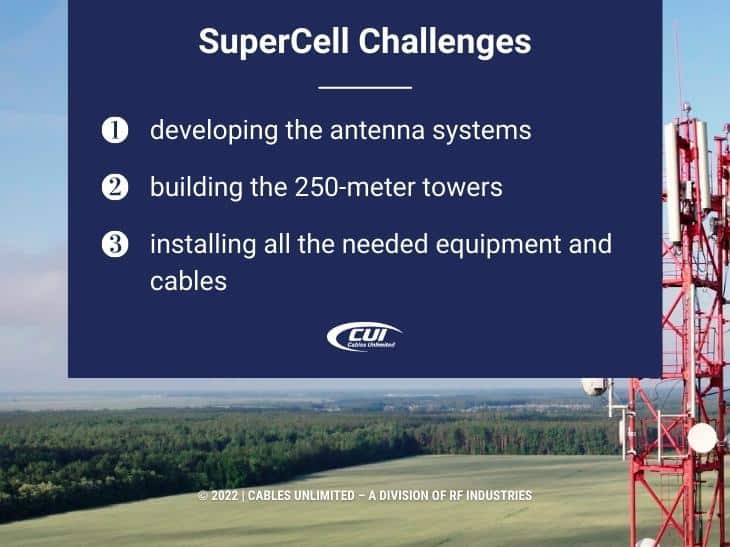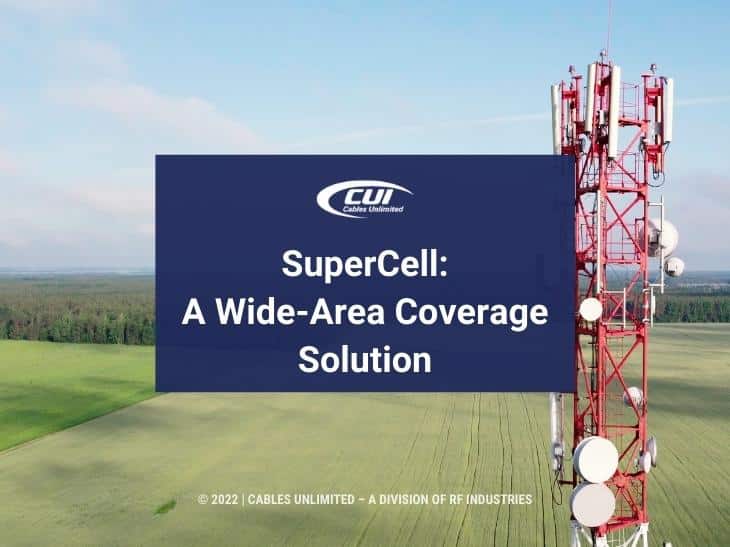Some of you may be familiar with the term supercell when it comes to storm chasing. However, when it comes to telecommunications, a SuperCell is a technique for providing Internet services to rural areas across the globe. This article provides insight into telecommunications Supercells, including their benefits and challenges.
What Is a SuperCell?
A SuperCell is designed to increase significantly mobile data coverage range and capacity. It uses towers up to 250 meters (820 feet) high with high-gain and narrow beamwidth antennas. This makes a huge difference in coverage. A 36-sector SuperCell base station on a 250-meter tower provides a coverage area 65 times larger than a standard rural macro base station on a 30-meter (98-foot) tower.
The drive behind developing supercell technology comes from Facebook Connectivity to develop a cost-effective, reliable alternative to traditional macro cell sites and better address the need for connectivity in rural areas. The GMSA Mobile Connectivity Index shows that Australia ranks at the top with 92.5, the USA at 88.3, while most of Africa ranks below 30, with South Sudan at 14.4.
The index measures the performance of 170 countries against the critical enablers of mobile internet adoption: infrastructure, affordability, consumer readiness, and content and services. It’s part of the mobile industry’s commitment to drive mobile internet connectivity and accelerate digital inclusion.

SuperCell Benefits
A SuperCell is designed to cover rural areas that are not being served by the Internet. It’s estimated that it could replace 15 to 25 traditional macro cells or hundreds of small cells. Of course, small cells are designed for urban areas. SuperCells are intended for rural areas. It’s also a cost-effective alternative to Low Earth Orbit (LEO) satellite internet services such as Starlink.
From a cost basis, small cells can be deployed at more than a 33% lower overall total cost of ownership compared to a network of macro cells. They can further take advantage of existing broadcast towers. It also offers a single site rather than the multiple sites needed for macrocells. That means only a single data backhaul needs to be built and only one power source. The downside is that it is potentially a single point of failure for a large geographic coverage area.
Considerable testing has been done in the field to validate coverage. Those tests in Quad City, Illinois, Metcalf, Georgia, and Frenchburg, Kentucky, proved that a SuperCell could be very effective over various terrain types, including flat with thick trees, flat with cropland, and mountainous terrain. These are similar terrain to those in different regions of Africa.
SuperCell Challenges
SuperCells are in their early stages of development and testing. But many factors could support widespread adoption in rural areas. First, there’s a demonstrable need for such coverage. Second, it uses existing 3G and 4G technology with equipment that’s available now. And as pointed out above, it can be cost-effective over installing 15 to 25 macro cells.
The biggest challenge is developing the antenna systems, building the 250-meter towers, and installing all the needed equipment and cables. That’s where we can help.
No matter what cabling application you may have, from developing SuperCells to building medical devices, we’ve got you covered. Select from our lines of fiber optic cable assemblies, networking cables, small cell cables, and more.
For further insight, see our articles on cabling industry challenges, fiber optics in the future, and 6G wireless networks.

We Can Help With All Your Challenges
Our name is Cables Unlimited for a reason. Whatever fiber optic cable assembly or wire harness you need, we can provide it.
If your requirements are already specified and ready for a quote in your current projects, we are prepared to meet your deadlines and pricing targets. Our extensive in-house services and advanced manufacturing capabilities are in place to meet your requirements.
But Cables-Unlimited offers much more than state-of-the-art manufacturing – our dedicated team is also known for going to great lengths to meet the needs of our customers, including working round-the-clock to meet tight turnaround time requirements.
Our sales representatives are standing by to assist you with product questions and quotes Monday – Friday, 8:00 am to 5:00 pm Eastern. You can also send us an email or complete our contact form, and we’ll get right back to you.




